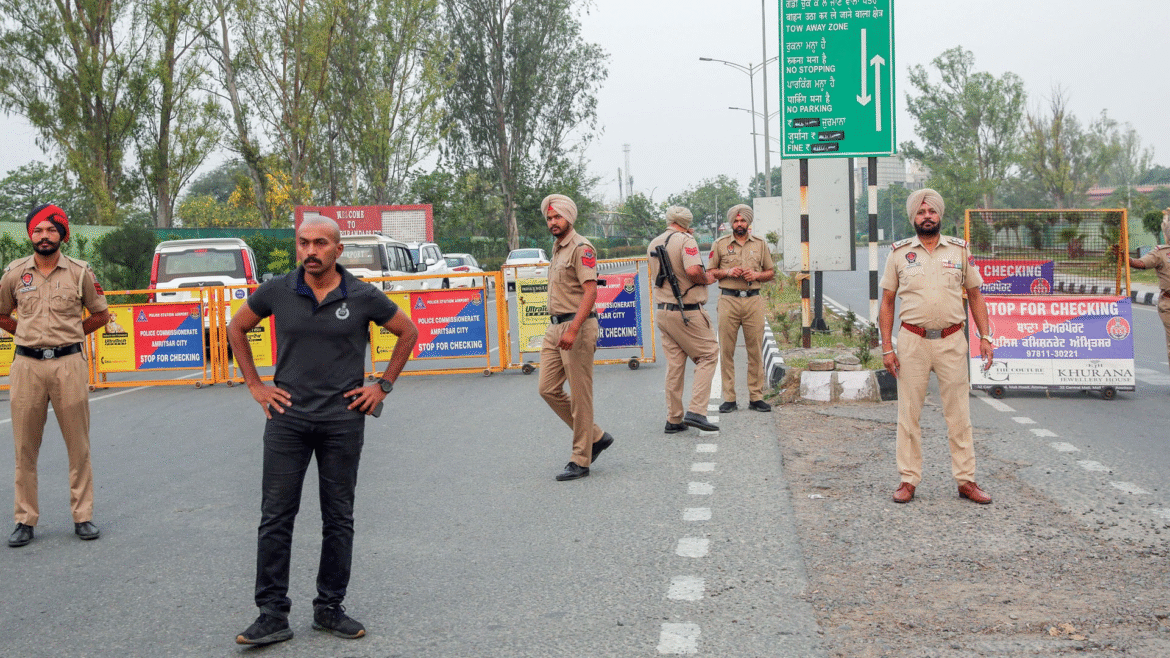AI Generated Summary
- As things return to normalcy after the recent flare-up between India and Pakistan, a clearer picture is emerging of a new, assertive Indian doctrine in response to terror attacks originating across the border.
- The horrific April 22 attack in Pahalgam, Jammu and Kashmir, which claimed the lives of 26 innocent civilians — many of whom were tourists from all parts of India — triggered a wave of national outrage.
- Learning from this confrontation will ensure that when the next crisis arises — and most believe it is a matter of “when,” not “if” — India will be even better positioned to defend its sovereignty and security.
As things return to normalcy after the recent flare-up between India and Pakistan, a clearer picture is emerging of a new, assertive Indian doctrine in response to terror attacks originating across the border.
The horrific April 22 attack in Pahalgam, Jammu and Kashmir, which claimed the lives of 26 innocent civilians — many of whom were tourists from all parts of India — triggered a wave of national outrage. Particularly chilling was the reported targeting of victims based on their religion. The atrocity, aimed at destabilizing peace and undermining Kashmir’s tourism economy, drew a swift and determined response from the Indian government.
Following precedents set after the Uri (2016) and Pulwama (2019) attacks, New Delhi once again demonstrated that terror would not go unanswered. Diplomatic steps such as suspending visas for Pakistani nationals and reviewing the Indus Waters Treaty quickly signalled that retaliation was imminent.
In the early hours of May 7, under the codename Operation Sindoor, India launched precision strikes on nine terrorist-linked sites deep inside Pakistan. Even with the Pakistan military on high alert post-Pahalgam, Indian forces successfully hit their targets — including high-profile locations in Bahawalpur and Muridke, strongholds of terror groups Jaish-e-Mohammed and Lashkar-e-Taiba.
This operation firmly established a critical shift in India’s security policy: any terror attack against India will be treated as an act of war, prompting decisive retaliation against terrorist infrastructure, regardless of its location. Many international powers, while condemning the Pahalgam massacre, acknowledged India’s right to act against terror threats — a significant diplomatic endorsement of this new stance, which some are beginning to refer to as the “Modi Doctrine.”
While some domestic critics argued for prolonged military action to inflict greater damage, government sources made it clear that India’s primary objective was to send an unmistakable message — a goal they believe was achieved. The strikes were carefully calibrated to demonstrate strength without provoking uncontrolled escalation, reflecting a mature and confident approach to national security.
Military analysts note that this latest engagement highlighted significant advancements in India’s defensive and offensive capabilities. Reports suggest that India’s air defence systems functioned with high efficiency, while Indian forces managed to outmanoeuvre Pakistani countermeasures. Observers have praised the seamless coordination between the Indian Army, Navy, and Air Force, a testament to the successful integration efforts led by the Chief of Defence Staff. This level of joint force operation is seen as crucial for future conflicts, where multi-domain operations will be the norm.
Beyond military action, experts argue that sustained non-military pressure must continue. Strategic use of levers like the Indus Waters Treaty and efforts to place Pakistan back on the Financial Action Task Force (FATF) grey list are seen as essential tools to weaken Islamabad’s support for terror groups.
In conclusion, while India can take satisfaction in its measured yet powerful response, vigilance remains the watchword. Pakistan’s reliance on terrorism is unlikely to abate overnight. As New Delhi turns its focus back to economic growth and internal development, preparations for future contingencies must continue. Learning from this confrontation will ensure that when the next crisis arises — and most believe it is a matter of “when,” not “if” — India will be even better positioned to defend its sovereignty and security.




